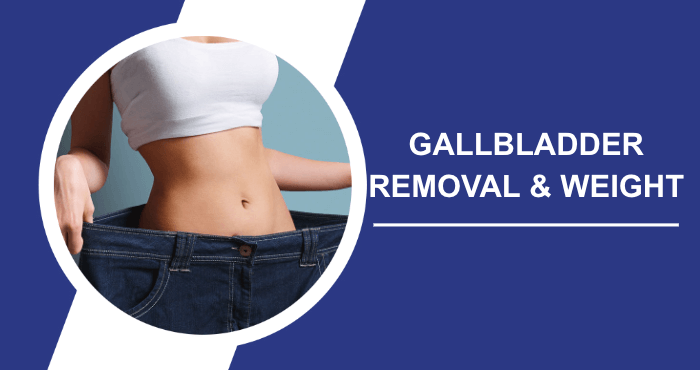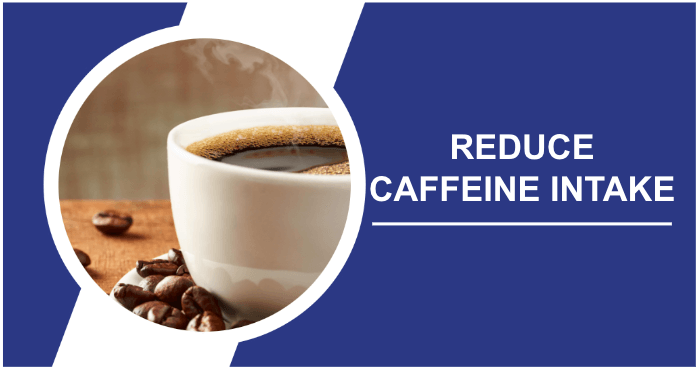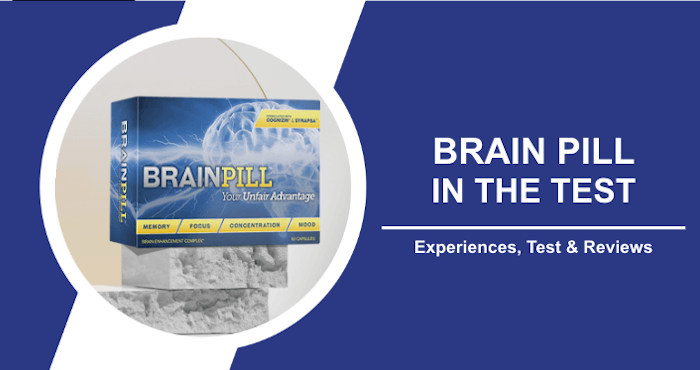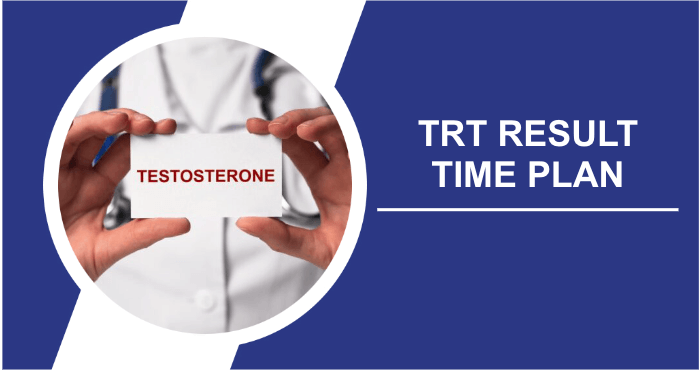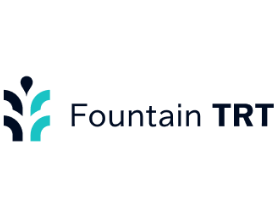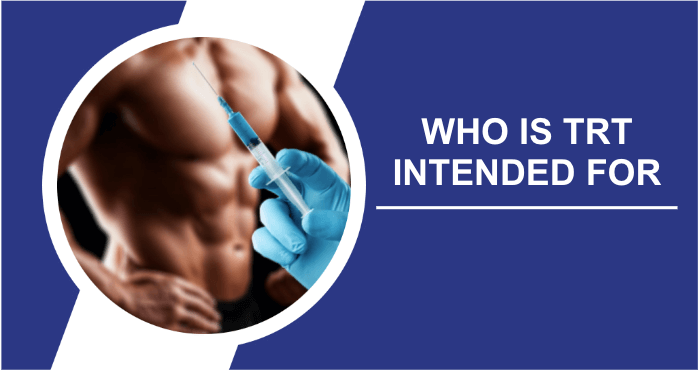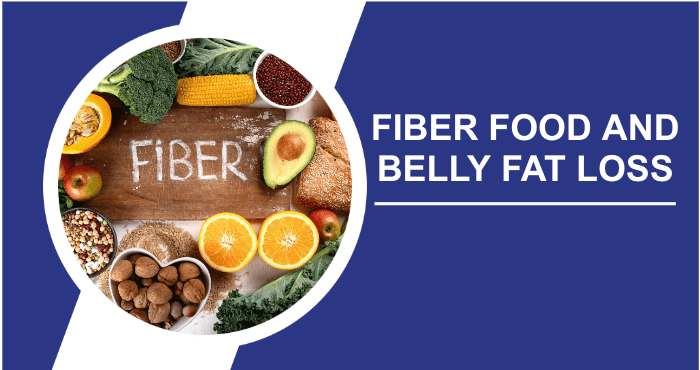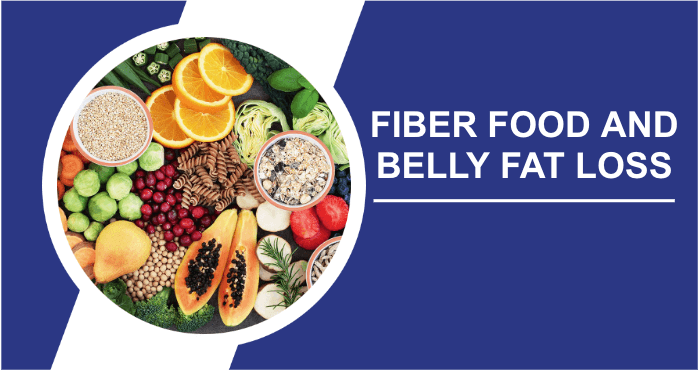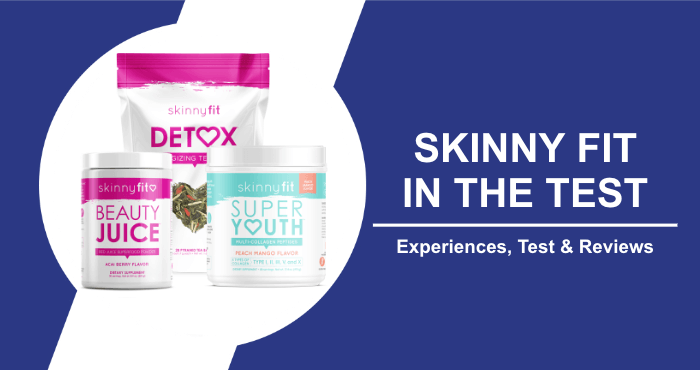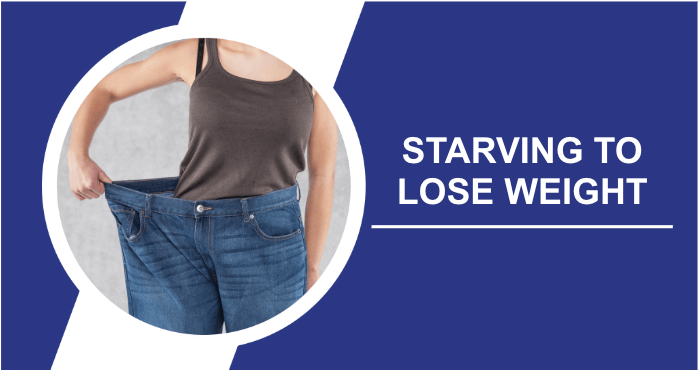How can I lose weight quickly and healthily without starving myself?
Losing weight quickly and healthily without resorting to starvation is possible with a balanced approach. Focus on a sustainable lifestyle instead of chasing fad diets. Start by incorporating nutrient-dense foods such as fruits, vegetables, lean proteins, and whole grains into your meals, while moderating portion sizes.
Regular physical activity is essential; aim for a mix of cardio and strength training to boost metabolism and maintain muscle mass. Prioritize hydration and adequate sleep to support your body’s natural fat-burning processes. Remember, patience and consistency are key to your journey to a healthier you.
What is starvation? How does it affect my body?
Starvation is our body’s natural response to prolonged calorie restriction. It is the body’s response to a caloric deficit by reducing caloric expenditure to maintain energy balance and prevent starvation. This physiological process is technically called adaptive thermogenesis.
Why do we choose to starve?
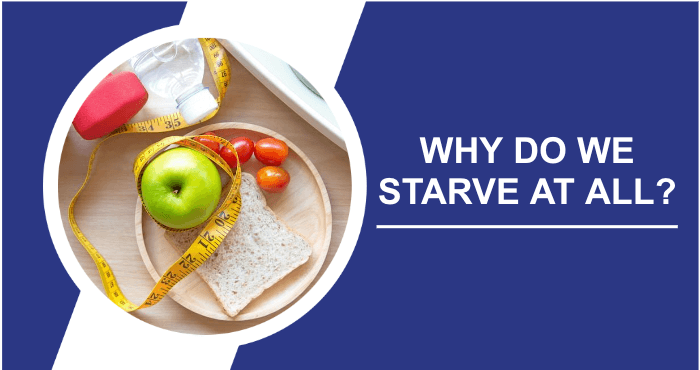
Have you ever heard the phrase “calories in versus calories out”? It serves as a basic guideline for weight management. If you take in more calories than you burn each day, you’ll gain weight. Conversely, if you burn more calories than you consume, you’ll lose pounds. This underscores the importance of creating a caloric deficit, which is considered the most effective approach to weight loss.
Most weight loss diets are designed to reduce caloric intake. However, when pursued with extreme zeal, individuals often end up consuming significantly fewer calories than recommended. When your caloric intake exceeds your caloric expenditure, your body interprets this as the onset of starvation and works to counteract it.
In the midst of this, our body and brain react in a less than favorable manner. Increased hunger sets in, causing us to eat more, which in turn affects the number of calories we burn. During starvation, the body reduces calorie expenditure and tries to restore energy balance. This can impede weight loss, even if calorie restriction is maintained.
Does starvation lead to weight loss?
One study showed that people who used starvation diets as a weight loss strategy, consuming only 50% of their daily energy needs for 3 weeks, actually experienced a reduction in body weight. However, this weight loss came at a cost, as they also experienced a 5% loss in lean muscle mass. If this continuous state of starvation continues, it can result in a significant loss of lean muscle mass, as well as up to a 20% reduction in the size of vital organs.
In essence, weight loss through starvation can lead to significant losses in both lean muscle mass and lean body mass, which includes bones, water, and organs. A decrease in bone mass can lead to more significant problems, such as a decrease in bone density, which increases the risk of injury. Conversely, increasing muscle, bone density, and overall strength can promote better overall health and help shed stubborn fat.
If you’ve been practicing starvation, get ready for some bad news, but there is a silver lining. Animal research has shown that calorie restriction can lead to a slowing of the body’s metabolism, accompanied by a loss of muscle mass. Muscle is metabolically active and constantly burns calories. However, the reduction in caloric expenditure exceeds the reduction in muscle mass alone.
As a result, the body becomes more energy efficient and operates on significantly fewer calories than before. This is why starvation can lead to reduced energy expenditure, even during intense activities such as skipping rope. This underscores the importance of maintaining a healthy metabolic rate.
How can I improve my metabolism in general?
Boosting your metabolism isn’t just about shedding pounds-it’s about feeling your best. To boost your metabolism, start by prioritizing a balanced diet. Include lean proteins, whole grains, and plenty of fruits and vegetables in your meals. Don’t skip breakfast, as it kick-starts your metabolism for the day.
Stay hydrated with water and green tea, which can temporarily boost your metabolism. Regular exercise, especially strength training, is crucial because muscle burns more calories than fat. Get enough quality sleep to allow your body to recover and recharge. Reducing stress through relaxation techniques can also support a healthy metabolism. Remember, it’s a holistic approach that makes a lasting difference.
Significant metabolic changes due to starvation
Starvation induces significant metabolic changes, particularly in resting metabolic rate and its relationship to lean body mass. Individuals with higher body mass require more energy for daily functioning and therefore have a higher basal metabolic rate (BMR). However, as weight is lost, the BMR decreases.
This underscores the fact that our bodies require a certain number of calories to maintain lean muscle mass. When caloric intake falls below this threshold, the body is forced to use muscle stores to generate energy. This underscores the potentially profound negative effects of low-calorie diets on the body.
In addition, during starvation, the body struggles to maintain stable blood glucose levels. The decrease in glucose levels is associated with a decrease in insulin and an increase in glucagon levels. As a result, the liver releases more glucose into the bloodstream. If this condition persists over time, it can lead to several diabetes-related complications. This situation is particularly worrisome for people over the age of 45.
Different ways our body burns calories
- Basal metabolic rate (BMR): This is the number of calories our body uses to perform essential functions, such as maintaining heart rate, breathing, and brain function.
- Thermic effect of food: This refers to the calories expended during the digestion of food, which accounts for approximately 10% of total caloric intake.
- Thermic effect of exercise: This refers to the calories burned as a result of physical activity and exercise.
- Non-Exercise Activity Thermogenesis (NEAT): NEAT includes the calories burned by activities associated with postural changes and fidgeting, both conscious and unconscious.
During starvation or weight loss, the levels of all these calorie-burning mechanisms decrease. This reduction occurs due to a decrease in both voluntary and involuntary movements, along with significant changes in nervous system function and hormonal changes. Hormone levels, including thyroid hormone, leptin, and norepinephrine, decrease under these circumstances.
Set point theory and collateral fattening: Understanding weight regulation
Set Point Theory proposes that each individual has a predetermined body weight that the body strives to maintain. This set point is influenced by factors such as one’s DNA, environmental conditions, and genetic predisposition. Consequently, when attempting to reduce body fat, the body employs mechanisms to resist significant weight loss, even in the face of rigorous weight loss measures. It acts as a feedback system within our bodies.
In addition, once an individual completes a low-calorie diet and returns to a normal-calorie diet, he or she may experience collateral fattening, a phenomenon in which weight loss leads to overeating to the extent that the lost fat is regained.
This phenomenon occurs because the focus of weight loss is primarily on reducing fat-free mass. Fat-free mass includes the non-fat components of the body, including organs, bones, and lean muscle. As a result, the body initiates processes to regain the lost lean mass, triggering collateral fattening and an increase in appetite.
How to prevent metabolic slowdown and achieve fat loss?
There are numerous strategies to counteract the effects of weight loss without experiencing hunger or extreme deprivation. These methods include reducing carbohydrate intake, eliminating sweets, junk food, and unhealthy fats from your diet.
Eating frequent, nutritious meals throughout the day is also essential. It’s important to provide your body with all seven essential nutrient categories, including proteins, carbohydrates, fats, vitamins, minerals, water, and fiber.
Consuming foods that are rich in minerals and vitamins can help your body perform better. Maintaining an active lifestyle by going to the gym and staying hydrated is critical. Over time, you will notice reduced fat storage and lower calorie consumption, resulting in a leaner and more energetic version of yourself.
Effective elliptical training for total body fat burning
Many people underestimate the potential of the elliptical machine when it comes to burning calories. If you are short on time, consider hopping on this machine to take advantage of its many benefits. Studies have shown that individuals can burn approximately 284-420 calories in just 60 minutes on the elliptical, making it a valuable weight management tool.
Notably, in addition to burning fat, the elliptical engages both upper and lower body muscles. Elliptical workouts can be tailored to meet both aerobic and high-intensity interval training (HIIT) needs, improving endurance and stamina. It’s really the best of both worlds. Exercise also has the added benefit of stimulating brain cells and promoting the formation of new neural connections.
Use weightlifting to effectively reduce body fat
Weightlifting is the most powerful form of resistance exercise. While resistance training doesn’t always require lifting weights, bodyweight exercises can also produce remarkable results. Research confirms that incorporating resistance training, which involves working against resistance, can provide significant benefits when following a weight loss plan.
Several studies have shown that resistance exercise, which involves working muscles against resistance, can help maintain metabolic rate, muscle mass and strength, all of which tend to decline during weight loss. Resistance exercise acts as a safeguard against this decline. While the initial results of short-term weight loss through starvation or extreme hunger may be tempting, it’s important to keep the bigger picture in mind.
The concept of “starvation mode” is real, but often exaggerated and less powerful than commonly believed. Prioritizing health and sustainable, gradual weight loss goals is critical. Crash diets and extreme starvation diets may result in an initial reduction in body fat, but they come at the expense of your overall well-being.
In the long run, they do more harm than good and often lead to rapid fat regain. Instead, choosing a balanced and mindful approach to eating can provide lasting benefits. Choosing a diet rich in healthy foods, rather than starving yourself, offers a more sustainable and health-conscious way to achieve and maintain weight loss goals.
Nutrient-dense meals for effective weight loss
Meeting daily protein requirements can be a challenge for many people. It’s important to understand that a nutrient-dense meal is just as important as a rigorous exercise routine when it comes to weight loss success. Protein is a valuable asset in the quest to shed pounds.
Incorporating an adequate amount of protein into your diet can have the dual effect of reducing caloric intake (appetite) and increasing caloric expenditure (metabolism) by approximately 80-100 calories per day. In addition, protein consumption can help curb cravings for sugar and junk food, discourage late-night snacking, and regulate overall calorie consumption.
In addition, it acts as a safeguard against the potential long-term negative consequences of weight loss. Perhaps most importantly, adequate protein intake prevents the breakdown of muscle tissue for energy. This preservation of muscle mass plays a key role in preventing a slowdown in metabolism. Isn’t this a healthier and more sustainable approach to fat burning than the hardships of starvation?
Will a keto diet work if I want to lose weight without starving myself?
Certainly, a keto diet can be a viable option for weight loss without resorting to starvation. By emphasizing high-fat, low-carbohydrate foods, it encourages the body to enter a state of ketosis, where it burns fat for energy, helping to curb hunger. However, it’s important to do it wisely.
Focus on incorporating healthy fats like avocados and nuts, while enjoying a variety of low-carb vegetables to ensure you’re getting essential nutrients. Monitor your protein intake to maintain muscle mass. While the keto diet can be effective, it’s important to consult with a healthcare professional to determine if it’s an appropriate and sustainable choice for you, as individual responses to diets can vary.
Do I need to exercise if I want to lose weight without starving myself?
While exercise isn’t a requirement for weight loss, it can greatly enhance your progress and overall well-being. You can lose weight by changing your diet alone, but incorporating regular physical activity offers numerous benefits. Exercise not only helps you burn calories, it also boosts your metabolism, maintains lean muscle mass, and improves your mood and energy levels.
It can make your weight loss journey more sustainable and enjoyable. You don’t have to jump into intense workouts right away; even daily walks, yoga, or other activities you love can contribute to your goals. The key is to find a balance that works for you and promotes a healthier lifestyle without starving yourself.
Conclusion
In summary, relying on starvation to lose weight is an unhealthy and unsustainable approach. While it may produce short-term results by drastically reducing caloric intake, it can have negative consequences for one’s health and well-being. Prolonged starvation can lead to muscle loss, metabolic slowing, nutrient deficiencies, and a weakened immune system.
Furthermore, when individuals eventually resume normal eating patterns, they often experience rapid weight regain, ultimately defeating the purpose of their efforts. A more effective and sustainable approach to weight loss involves a balanced and nutritious diet, coupled with regular exercise.
This approach not only promotes gradual and sustained weight loss, but also ensures the maintenance of muscle mass, a healthy metabolism, and overall physical and mental well-being. Prioritizing health over extreme measures is the key to achieving and maintaining a healthy weight in the long term.
Frequently Asked Questions
Is starving myself an effective way to lose weight quickly?
Starving yourself is not recommended as an effective or healthy way to lose weight. It can have negative effects on your health.
What are the risks of starvation diets?
Risks include muscle loss, nutrient deficiencies, fatigue, weakened immune system, and possible rebound weight gain.
Can extreme calorie restriction lead to long-term weight loss?
No, it often results in short-term weight loss, but the weight is usually regained once normal eating is resumed.
Is it possible to lose weight without compromising my health?
Yes, by taking a gradual, balanced approach to weight loss, you can achieve your goals while maintaining good health.
What’s the key to successful, sustainable weight loss?
A combination of a balanced diet, regular exercise, and seeking professional guidance for a personalized plan is essential for lasting success.
Resources
- Kueper, J., Shaul Beyth, Meir Liebergall, Kaplan, L. and Schroeder, J.E. (2015). Evidence for the Adverse Effect of Starvation on Bone Quality: A Review of the Literature. Read article.
- Howell, S.L. and Kones, R. (2017). ‘Calories in, calories out’ and macronutrient intake: the hope, hype, and science of calories. Read article.
- Benton, D. and Young, H.A. (2017). Reducing Calorie Intake May Not Help You Lose Body Weight. Read article.
- Müller, M.J., Enderle, J., Pourhassan, M., Braun, W., Eggeling, B., M. Lagerpusch, Claus-Christian Glüer, Kehayias, J.J., D. Kiosz, and Bosy-Westphal, A. (2015). Metabolic adaptation to caloric restriction and subsequent refeeding: the Minnesota Starvation Experiment revisited. Read article.
- Stephanie and David William Foster (1986). Starvation-induced changes in metabolic rate, blood flow, and regional energy expenditure in rats. Read article.
- Röder, P.V., Wu, B., Liu, Y. and Han, W. (2016). Pancreatic regulation of glucose homeostasis. Read article.
- Ruth (1990). Role of set‐point theory in regulation of body weight. Read article.
- Dulloo, A.G. (2017). Collateral fattening: When a deficit in lean body mass drives overeating. Read article.
- Arone, L.J., Mackintosh, R., Rosenbaum, M., Leibel, R.L. and Hirsch, J.G. (1995). Autonomic nervous system activity in weight gain and weight loss. Read article.
- Margriet A. B. Veldhorst, Westerterp-Plantenga, M.S. and Westerterp, K.R. (2009). Gluconeogenesis and energy expenditure after a high-protein, carbohydrate-free diet. Read article.
- Calorie Control Council. (2016). Get Moving! Calculator. Read article.
- Bea, J.W., Blew, R.M., Howe, C.L., Hetherington-Rauth, M. and Going, S.B. (2017). Resistance Training Effects on Metabolic Function Among Youth: A Systematic Review. Read article.
